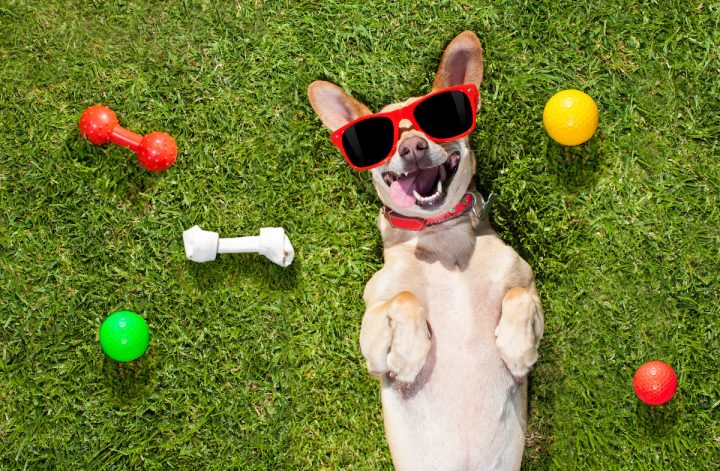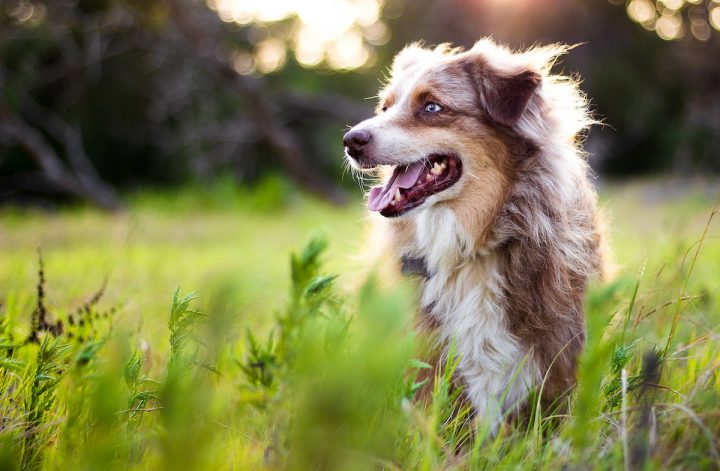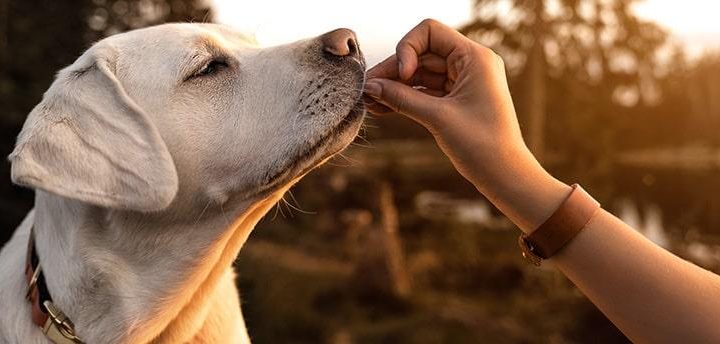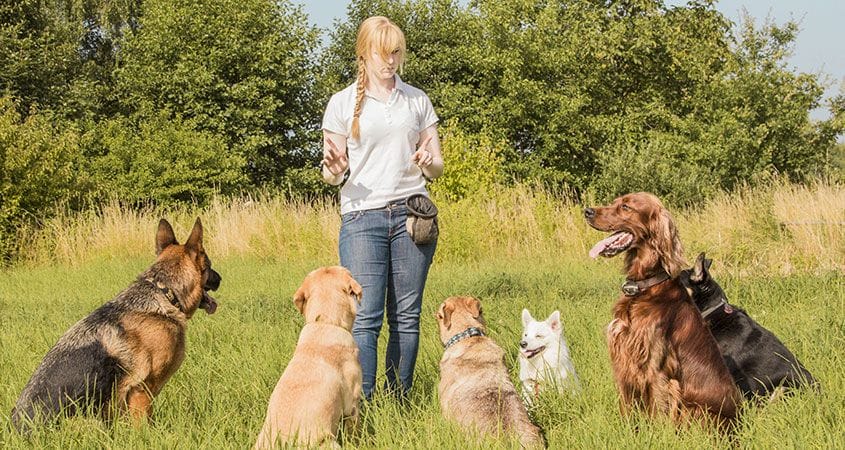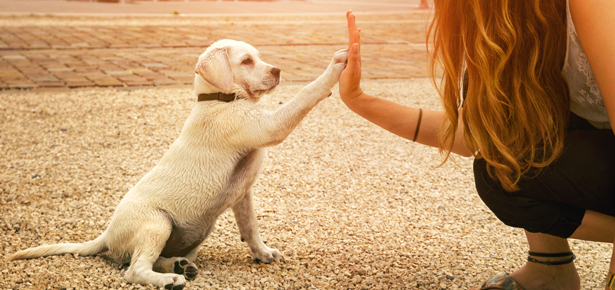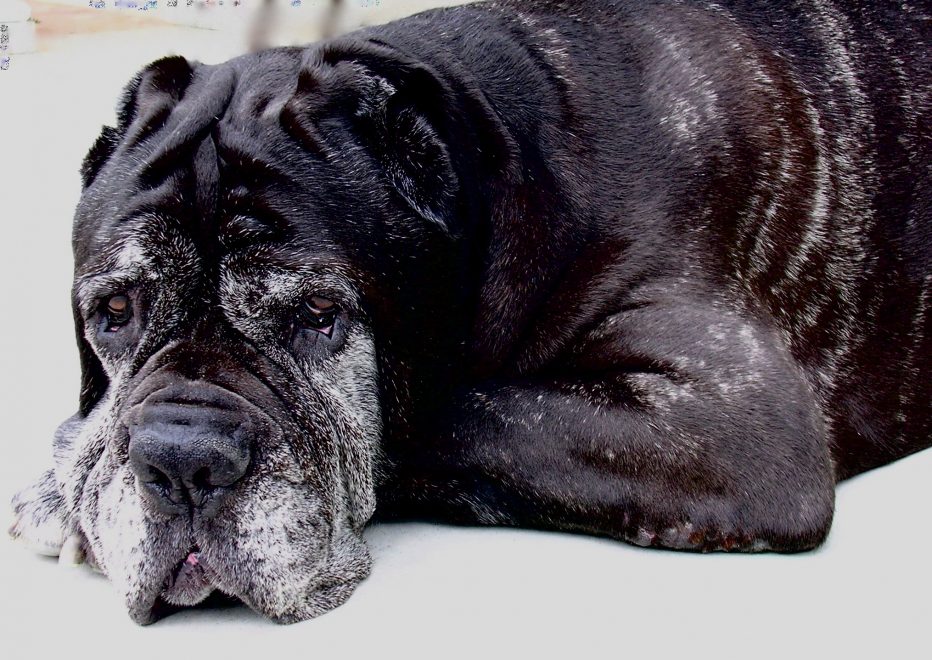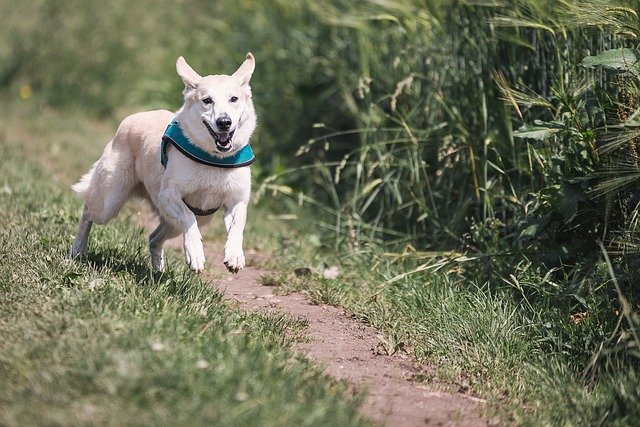When it comes to dogs, there are a ton of different breeds to choose from. But if you’re looking for the best all-around dog, the German shepherd is hard to beat. They are intelligent, loyal, and make great protectors. In this blog post, we will discuss everything you need to know about German shepherds: their temperament, care requirements, health concerns, and more. We’ll also take a look at the pros and cons of owning one of these dogs so that you can decide if a German shepherd is right for you.
All about German shepherds: temperament, care, health
One of the most important things to consider before getting any dog is whether you have the time and energy to take care of them properly. German shepherds are large dogs and require a lot of exercises. They also need to be trained properly, or they can become destructive. If you’re not prepared to commit to taking care of a German shepherd, then they might not be the right breed for you.
Another thing to keep in mind is that German shepherds are bred for work. This means that they have a lot of energy and can be very vocal. If you’re looking for a low-key dog that will lounge around the house all day, a German shepherd is probably not the right fit. However, if you’re active and looking for a dog that will join you on hikes and runs, then a German shepherd could be perfect.
Why the German shepherd is the best dog breed
When it comes to health, German shepherds are generally a healthy breed. However, there are some health conditions to be aware of, such as hip and elbow dysplasia, degenerative myelopathy, and epilepsy. Be sure to talk to your veterinarian about these conditions and whether or not they’re a concern for your dog.
Overall, German shepherds are great dogs. They’re intelligent, loyal, and make great protectors. However, they’re not right for everyone. Be sure to do your research before getting a German shepherd to make sure that they’re the right breed for you. Thanks for reading! I hope this blog post has been helpful. Let me know if you have any questions in the comments below.
If you’re thinking about getting a German shepherd, there are a few things you should keep in mind. In this blog post, we’ll discuss everything you need to know about German shepherds: their temperament, care requirements, health concerns, and more. We’ll also take a look at the pros and cons of owning one of these dogs, so that you can decide if a German shepherd is right for you.
Why German Shepherds are the best dogs for protection
One of the most important things to consider before getting any dog is whether or not you have the time and energy to take care of them properly. German shepherds are large dogs and require a lot of exercise. They also need to be trained properly, or they can become destructive. If you’re not prepared to commit to taking care of a German shepherd, then they might not be the right breed for you.
Another thing to keep in mind is that German shepherds are bred for work. This means that they have a lot of energy and can be very vocal. If you’re looking for a low-key dog that will lounge around the house all day, a German shepherd is probably not the right fit. However, if you’re active and looking for a dog that will join you on hikes and runs, then a German shepherd could be perfect.
When it comes to health, German shepherds are generally a healthy breed. However, there are some health conditions to be aware of, such as hip and elbow dysplasia, degenerative myelopathy, and epilepsy. Be sure to talk to your veterinarian about these conditions and whether or not they’re a concern for your dog.
The Pros and Cons of Getting a German Shepherd Dog
German Shepherds are one of the most popular breeds of dog in the United States. They are known for their loyalty, intelligence, and athletic ability. German Shepherds make excellent companions and can be trained to perform a variety of tasks.
However, they are also a high-maintenance breed that requires regular exercise and training. German Shepherds are also prone to certain health problems, such as hip dysplasia and elbow dysplasia. As a result, potential owners should research the pros and cons of owning a German Shepherd before making a decision.
Overall, German shepherds are great dogs. They’re intelligent, loyal, and make great protectors. However, they’re not right for everyone. Be sure to do your research before getting a German shepherd to make sure that they’re the right breed for you. Thanks for reading!


